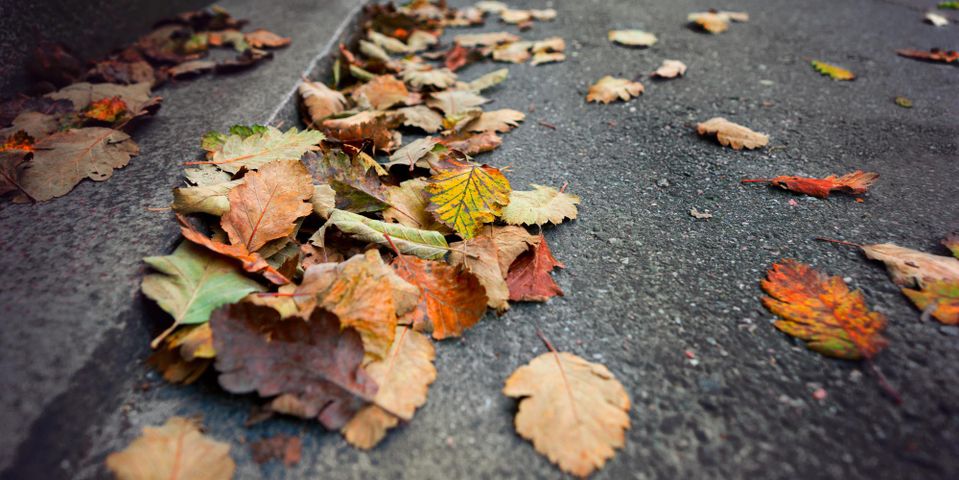What Contractors Should Know About Winter Sealcoating

Sealcoating is an essential part of asphalt repair, giving the surface it covers protection against wear-and-tear. This beneficial step, however, is hard to apply during the cold winter months due to many factors. For contractors in need of this step in their next paving project, make sure you’re working in the right conditions for this sealer to work.
Factors to Consider When Sealcoating in Winter
Humidity
Sealers are water-based, and they cure by all the water evaporating once applied. Due to its composition, the environment surrounding the application needs to be arid for the process to be effective. If the humidity is high, it will take longer for the sealer to set, since the air isn’t as susceptible to evaporating the water in the sealer. If you sealcoat a damp surface, it would have a similar adverse effect.
Temperature
The environment and the surface getting sealed must be at least 50 degrees Fahrenheit for the sealcoating to set sufficiently. It also requires UV radiation from the sun to cure, so a contractor will have to work within the shorter days—even spanning the sealing process over a few days to accommodate for sunlight. Humidity and temperature work together to make the sealant set, as high temperature and low humidity make the best conditions, and the inverse makes the process impossible.
Tips for Success
Timing
In winter weather, timing is everything with the curing process. While it can be frustrating to play a waiting game, you need to allow an extra four to six hours between coats to allow the curing process to occur. For multiple layers, do the job over a few days so each coat has the best shot at setting in proper conditions. As a rule of thumb, most sealcoating contractors will end their days by early afternoon (1 to 2 p.m.) to allow three to four hours of sunlight to cure.
Weather Conditions
 There are a couple of weather factors to take into consideration when sealcoating a surface:
There are a couple of weather factors to take into consideration when sealcoating a surface:
- Never apply the pavement before a morning fog lifts. The air in foggy weather will be at nearly 100% humidity, vastly inhibiting the curing process, and the asphalt will be too cold to allow it to set anyways. The same goes for any rainy weather.
- Sealcoating can’t cure in low temperatures. If the weather overnight calls for freezing temperatures, even the slightest amount of water left in the sealer will freeze, compromising the sealer. Make sure the layer has a full eight hours to set before the it gets too cold.
- The difference in surface temperature can be drastic between sunny and shady areas. Take sun exposure into consideration when estimating drying times for your project.
Additives
Sealcoating experts will add fast-evaporating solvents to the sealers to expedite the curing process. Refer to the sealer manufacturer’s recommendation for the correct additive to use for their product.
Mixing
In the colder months, use 5% less water than you would typically use for the mixture during other times in the year. This slight difference won’t affect the integrity of the sealer but will expedite the evaporation process.
Interruptions
Since your project will likely take a few days, have the area that you’re sealing blocked off from foot traffic until the sealcoating process has completely cured. Also, remain vigilant for any falling leaves that can disrupt the surface, and make small touch-ups as needed.
When working on your next sealcoating project, a trusted sealer supplier can help you expedite your labor time with the right products. In New York’s Greater Rochester, Syracuse, and Utica Areas, contractors depend on Rochester Jet-Blak Sealers, Inc. as their one-stop shop for sealing and asphalt repair needs. This locally-owned and -operated material supplier has over 30 years of experience in the business and supplies everything from sealers and coatings to application equipment and additives. For a better look at their full selection, give them a call today at (585) 436-5050 and visit their website for more information.
About the Business
Have a question? Ask the experts!
Send your question

